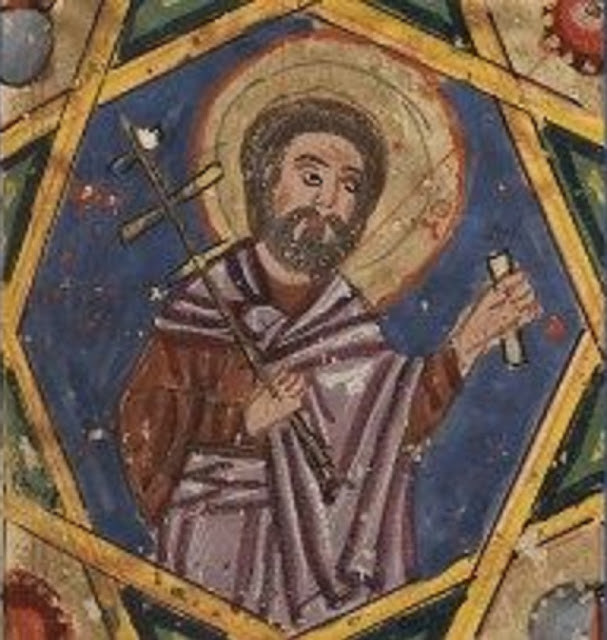The Ten Holy Martyrs of Crete
The Ten Holy Martyrs of Crete: Theodulus, Saturninus, Euporus, Gelasius, Eunician, Zoticus, Pompius, Agathopus, Basilides and Evaristus were a group of ten Christian men from Crete who suffered martyrdom during the persecutions of emperor Decius during the third century. They are commemorated on December 23.
The Ten refused to worship at the shrine of the deity of the emperor Decius as god of Rome. They were brought before the governor of Crete, also named Decius. At their trial they steadfastly confessed their faith in Christ and refused to worship the emperor and other idols.
The men were then imprisoned and tortured for one month. But the torture did not change their opinions, and they continued to glorifying God. They were sentenced by the governor of Crete to be beheaded. Before their death they prayed that the Lord would enlighten their torturers with the light of the true Faith. Their executions took place in Alonion, a part of Gortyn now known to have been the main amphitheater of Gortyn.
The Ten Holy Martyrs of Crete
Menologion of Basil II, 10th-11th c.
During the reign of emperor Constantine I, the bodies of the ten saints were reburied. The site of the reburial is reported differently. In one, St. Paul of Constantinople is said to have taken the relics of the holy martyrs to Constantinople to serve as a protection for the city, and a source of blessings for the faithful. Another relates to a 1981 discovery of a sarcophagi during rescue excavation in Alonion of Gortyn as the burial site. The Ten Holy Martyrs of Crete
The Ten Holy Martyrs of Crete
Please visit my other blogs: Art
Collector, Mythology, Marine
Art, Portrait of a Lady, The
Orientalist, Art of the Nude and The Canals of Venice, And visit
my Boards on Pinterest
Images are copyright of their respective owners,
assignees or others. Some Images may be subject to copyright
I don't own any of these images - credit is always
given when due unless it is unknown to me. if I post your images without your
permission, please tell me.
I do not sell art, art prints, framed posters or
reproductions. Ads are shown only to compensate the hosting expenses.
If you enjoyed this post, please share with friends
and family.
Thank you for visiting my blog and also for liking
its posts and pages.
Please note that the content of this post primarily consists of articles
available from Wikipedia or other free sources online.











